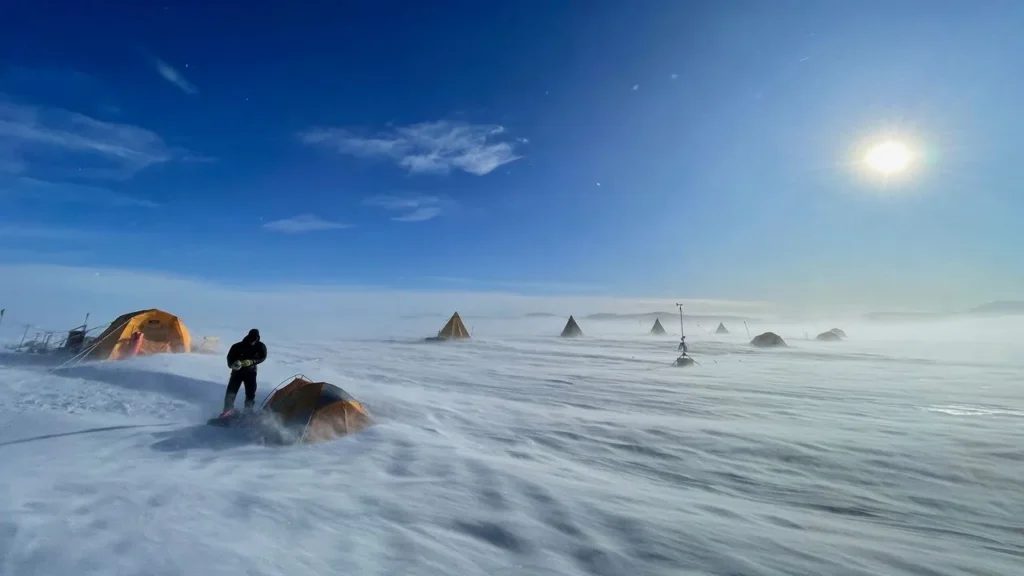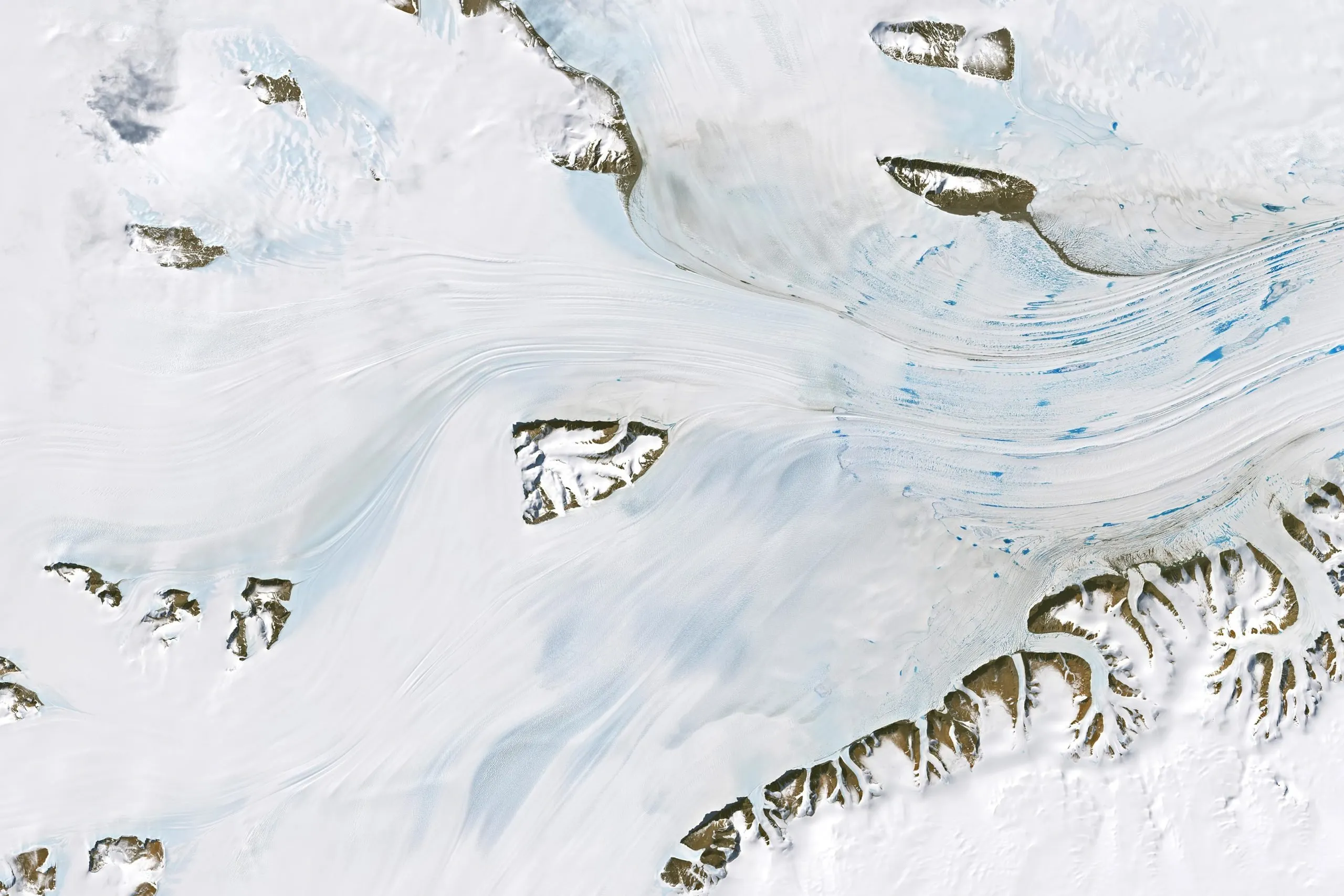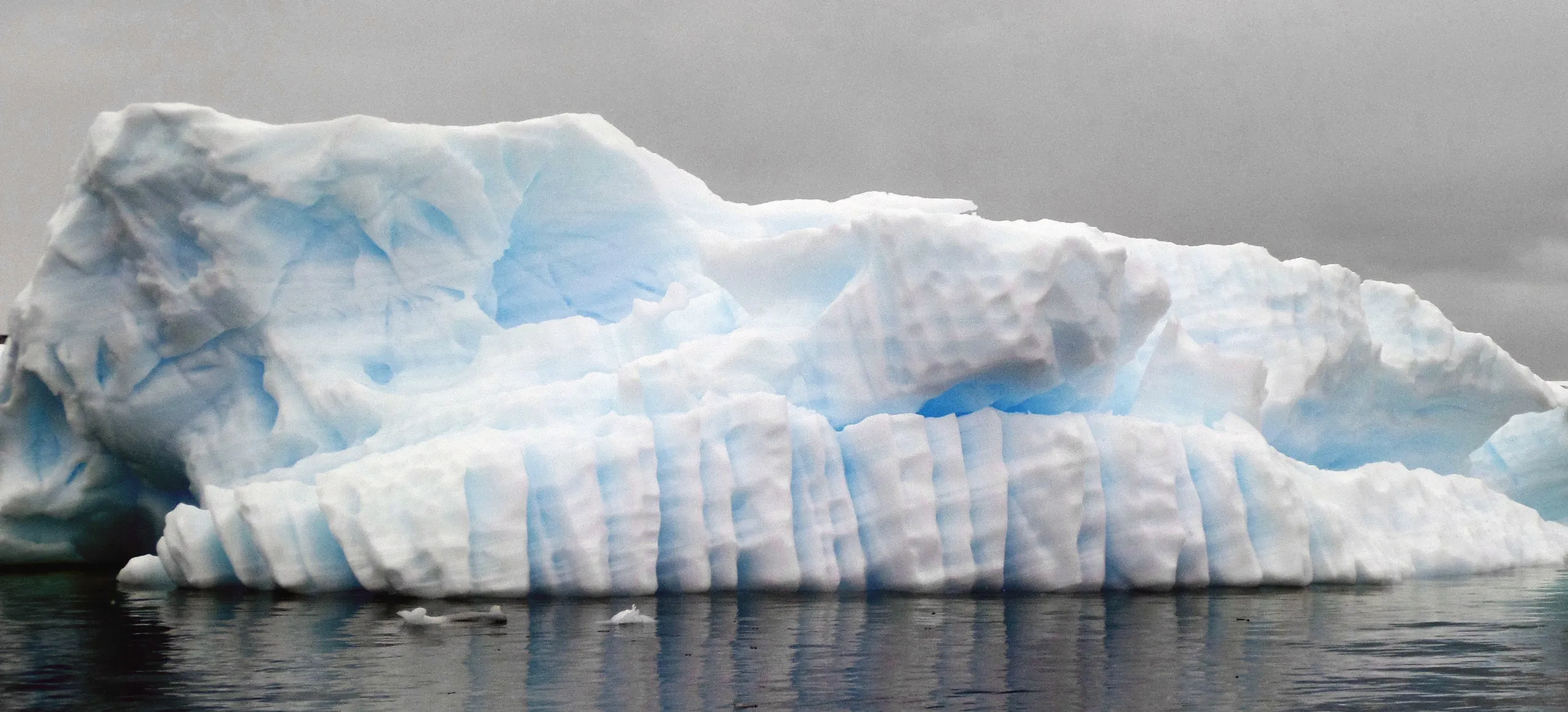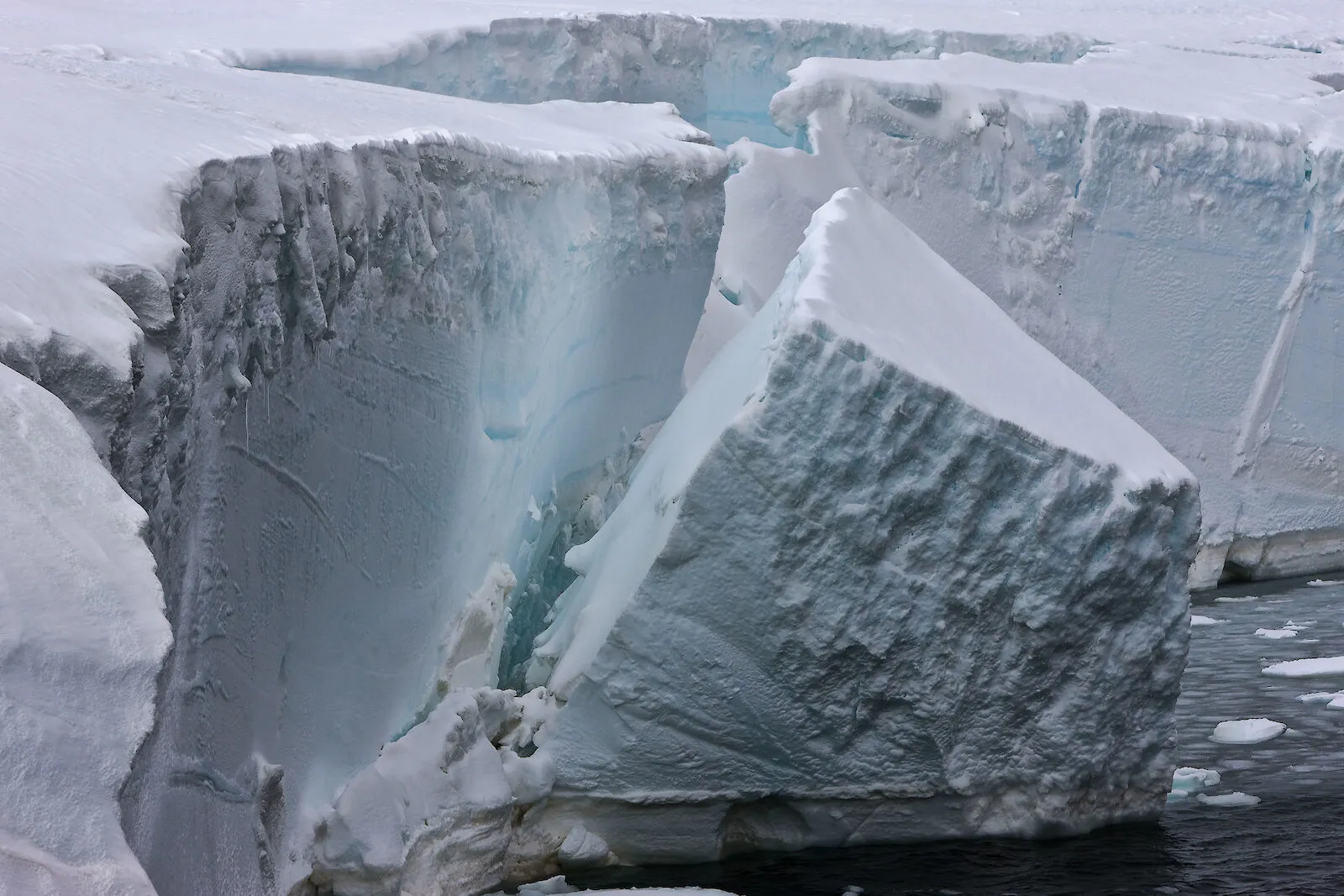
The Amery Ice Shelf, a colossal expanse of ice located in East Antarctica, is undergoing rapid and unprecedented changes. Recent satellite observations have captured a worrying phenomenon: extensive melt ponds forming farther inland than ever recorded. This situation is a clear indicator of the ice shelf’s vulnerability and has sparked concern among scientists and environmentalists alike. Such dramatic changes serve as a grave reminder of the immediate and long-term consequences of global warming, even in the most remote and coldest parts of our planet.

The Critical Role of the Amery Ice Shelf
Stretching over 300 miles inland from the coastal front, the Amery Ice Shelf is one of East Antarctica’s most significant geographical features. Its vast size and strategic location play a pivotal role in stabilizing the Antarctic ice sheet by acting as a natural dam that slows the flow of inland glaciers into the ocean.
Christopher Shuman, a respected glaciologist at the University of Maryland, Baltimore County, underscores the shelf’s unique characteristics: “The Amery is unique among Antarctic ice shelves given its long interior extent—greater than 500 kilometers (300 miles)—and extensive bordering bedrock exposures.” However, even this frozen giant is not immune to the adverse effects of climate change. “The change of seasons causes surface melting far inland from the coastal ice front,” adds Shuman, highlighting the impact of rising temperatures on even the most frigid regions.
The Growing Threat of Melt Ponds
The appearance of melt ponds atop the Amery Ice Shelf is alarming. These blue pools of water, which have been more widespread in recent seasons, are not just surface-level concerns. They signify deep structural vulnerabilities as they absorb more sunlight than the surrounding ice, speeding up the melting process. This accelerated melting can further weaken the ice shelf by enlarging cracks and crevices, potentially leading to large calving events where chunks of ice break off into the ocean.

Bert Wouters, a researcher at TU Delft, notes the precarious nature of this year’s melt season: “I’ve seen more extensive melt ponding atop the Amery in past seasons. However, it’s still relatively early, so it’s likely that we’ll see more ponding in the coming weeks.” Wouters also highlights the critical state of areas near the grounding line, where ice transitions from resting on bedrock to floating on the ocean. “It only takes a few more degrees of warming to make these regions vulnerable to ponding,” he warns.
Why the Stability of Ice Shelves Matters
The functionality of ice shelves like Amery is crucial in regulating the amount of glacial ice entering the oceans. By acting as natural barriers, these shelves prevent the rapid flow of ice into the sea. When they weaken or collapse, this buttressing effect is lost, allowing glaciers to discharge ice more freely into the ocean, contributing directly to rising sea levels. This poses a significant threat to coastal communities worldwide, as higher sea levels can lead to more frequent and severe flooding and habitat loss.
The conditions leading to the melt ponds on the Amery Ice Shelf are particularly troubling. Warmer air temperatures combined with katabatic winds, which funnel colder air down from higher elevations, expose more of the ice surface to direct sunlight, exacerbating the melting process.

A Call to Action
The situation with the Amery Ice Shelf serves as a dire warning about the broader impacts of climate change on Earth’s polar regions. These areas are crucial in regulating global temperatures and their destabilization could have irreversible effects on our climate.
The record-breaking melt season already underway highlights the urgency of global action. Reducing greenhouse gas emissions, investing in sustainable technologies, and enforcing environmental protection policies are critical steps needed to mitigate these changes.
